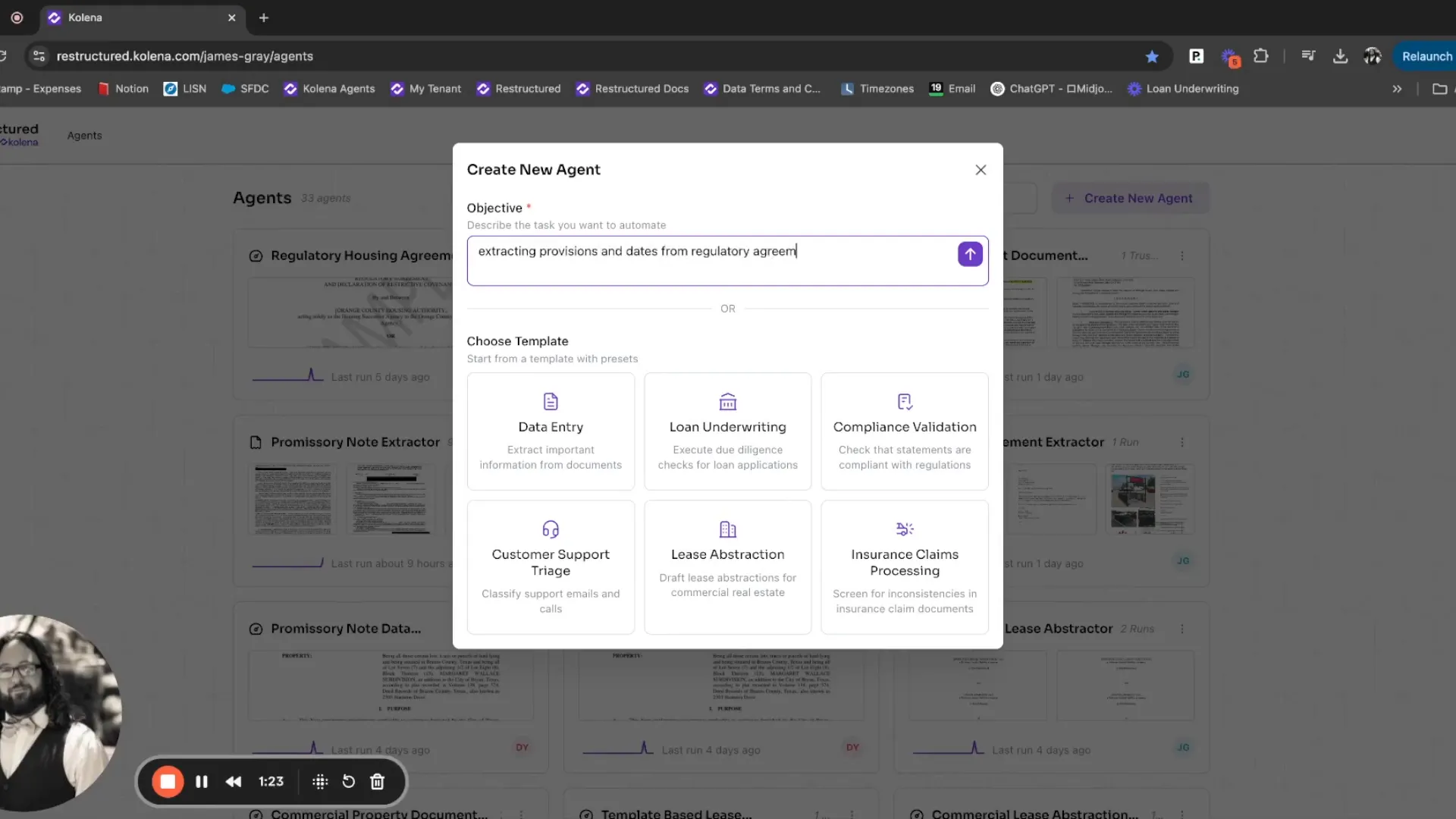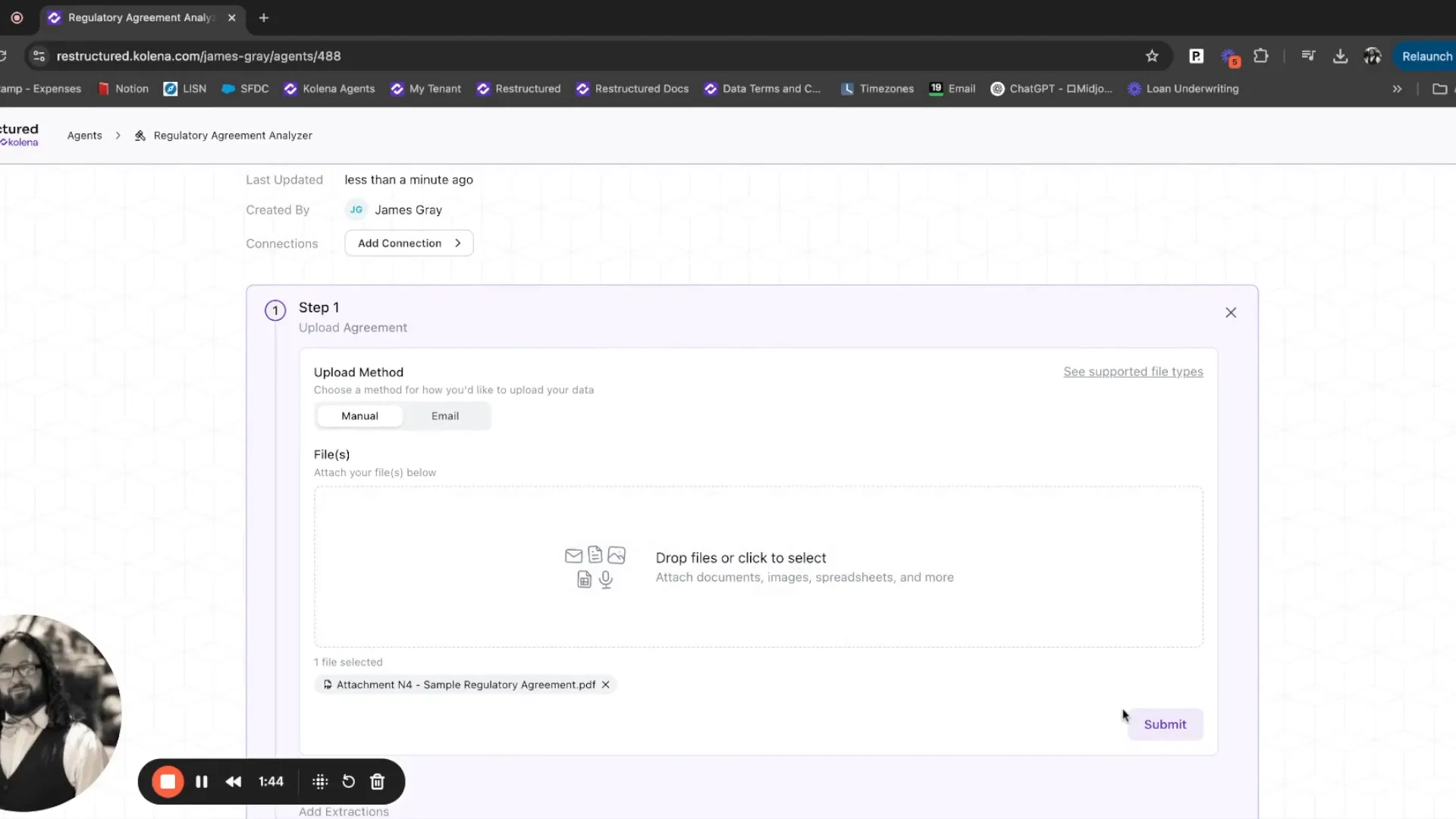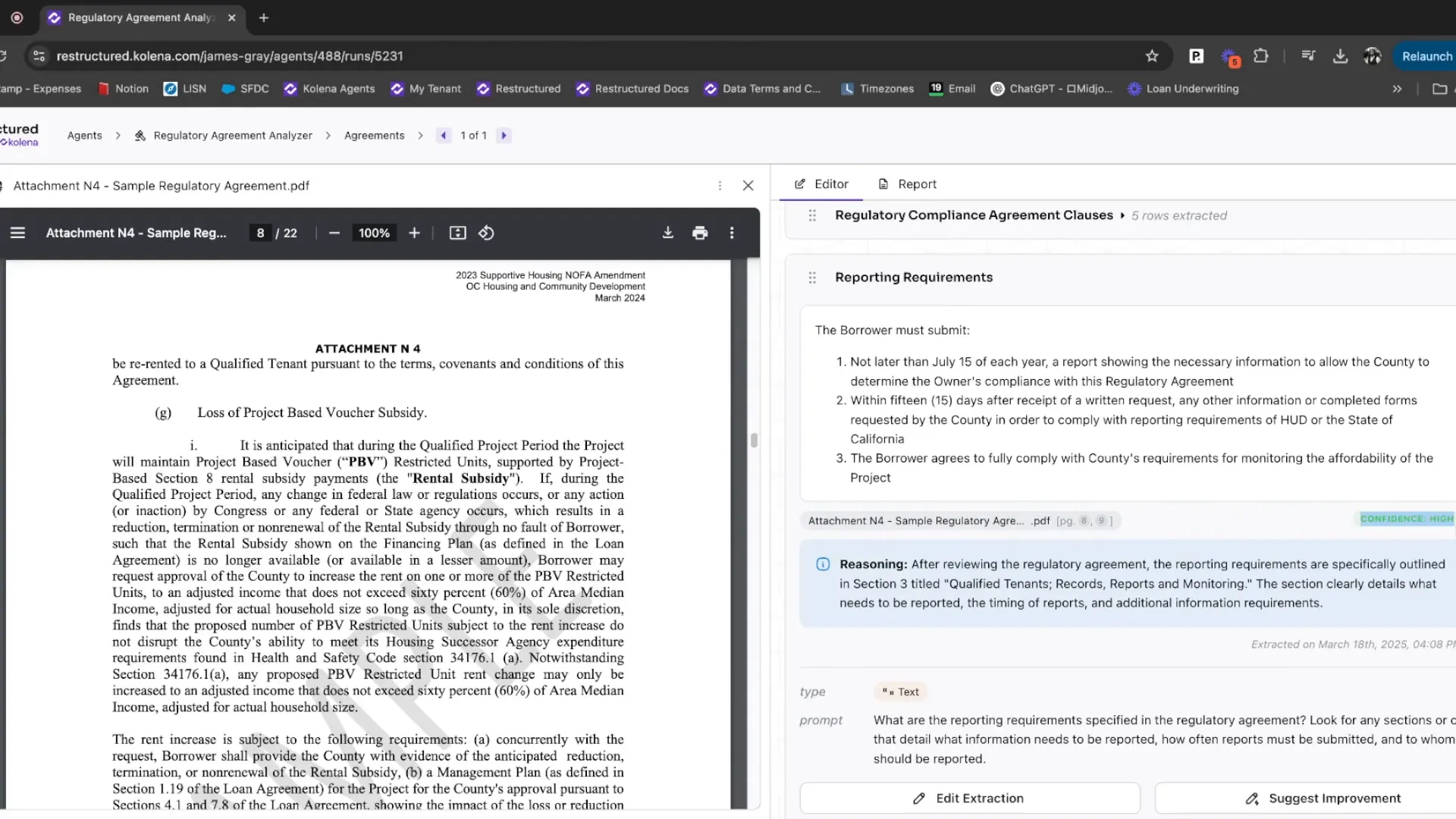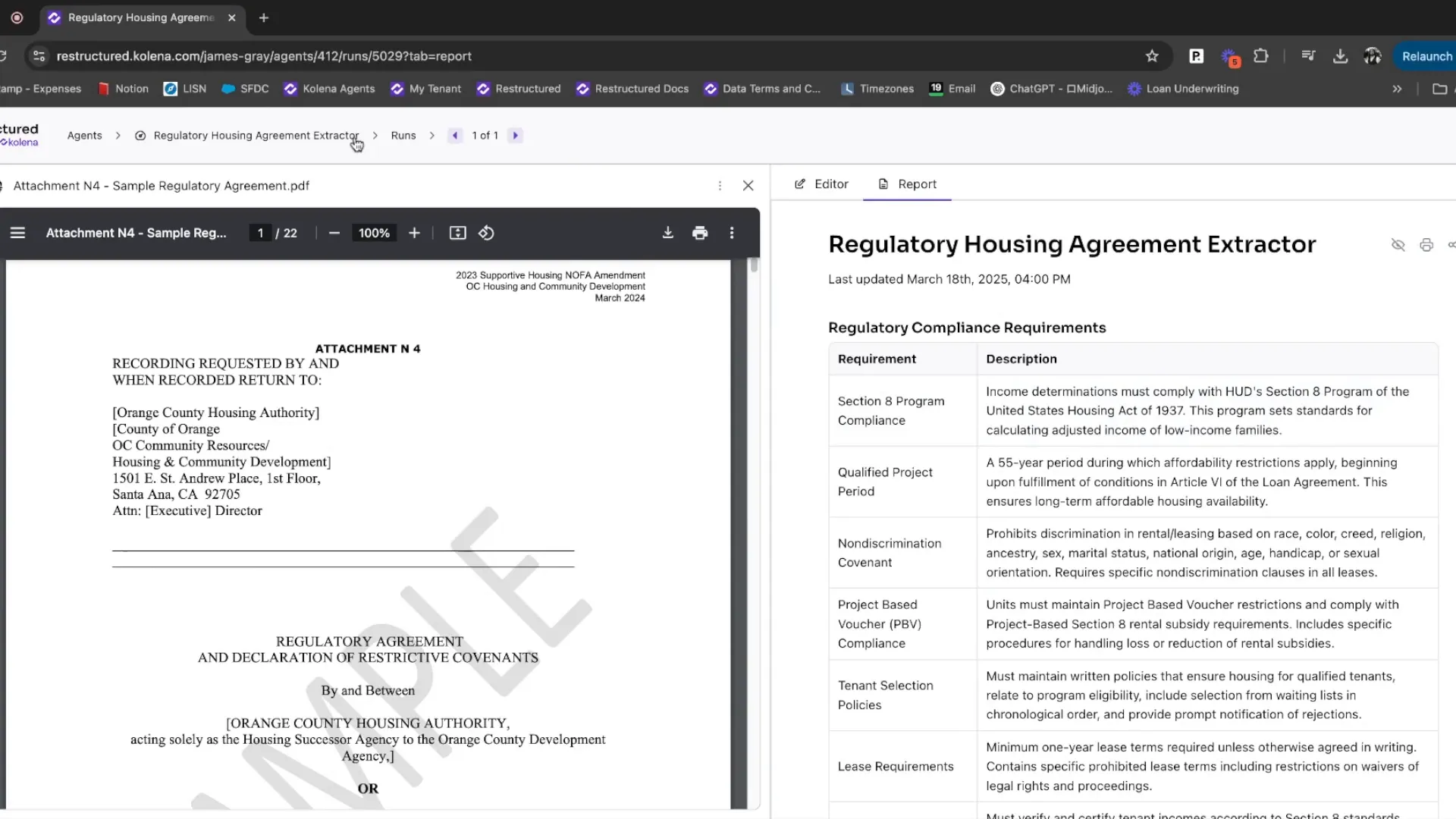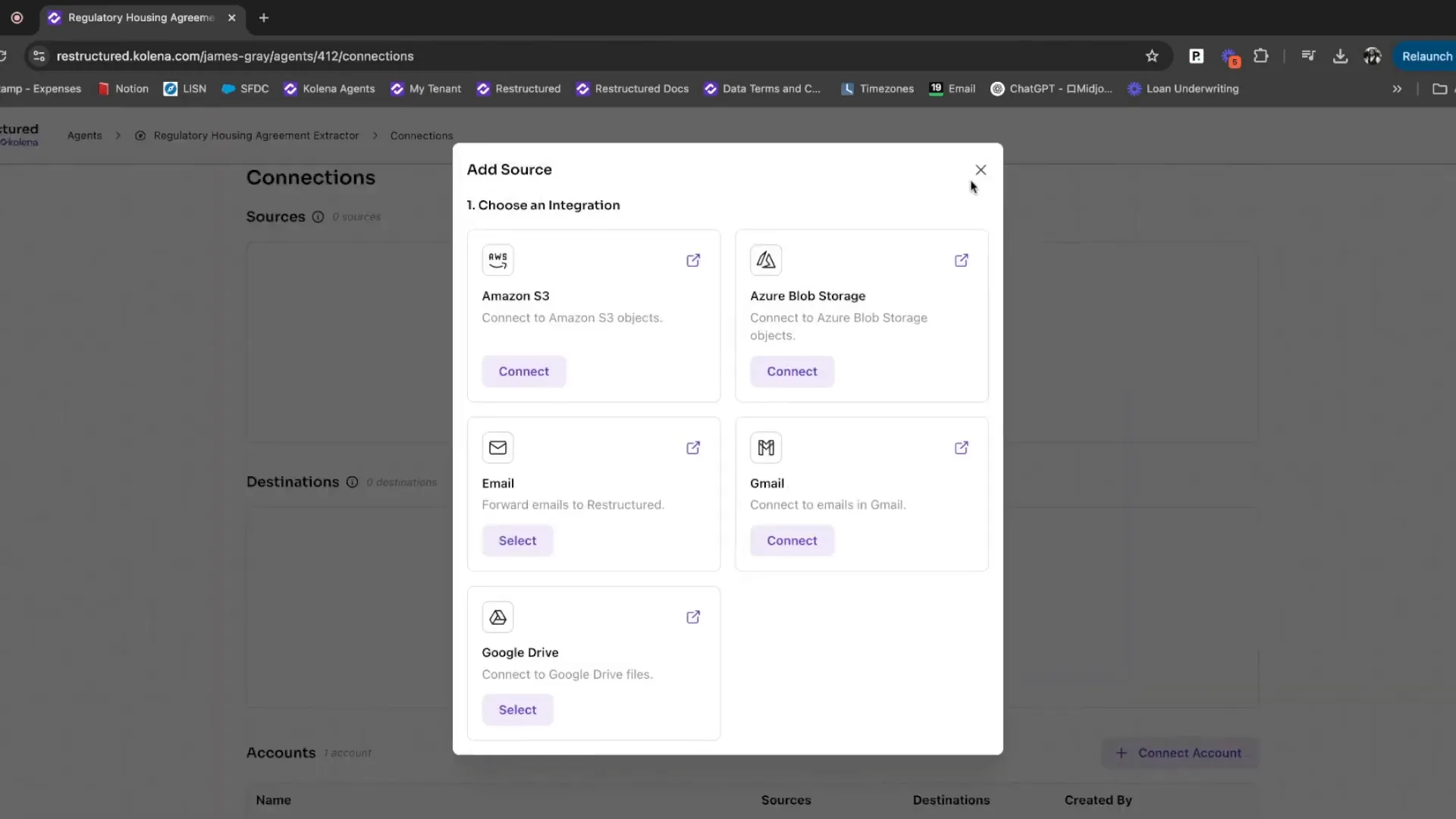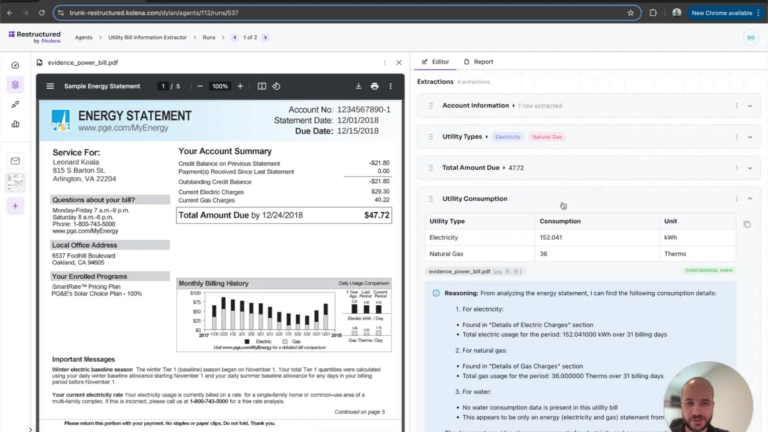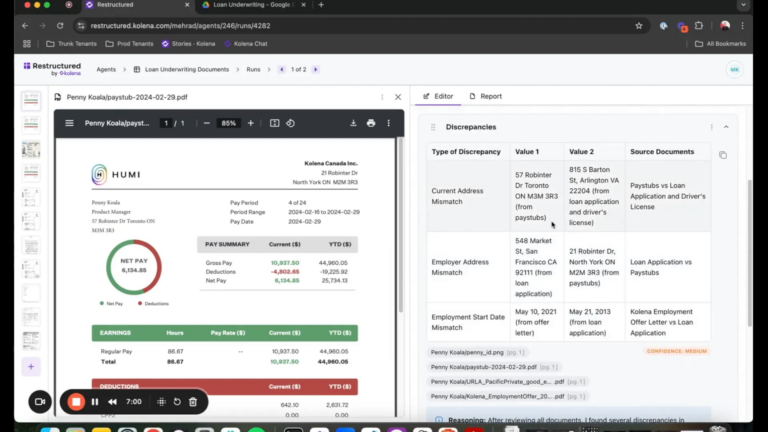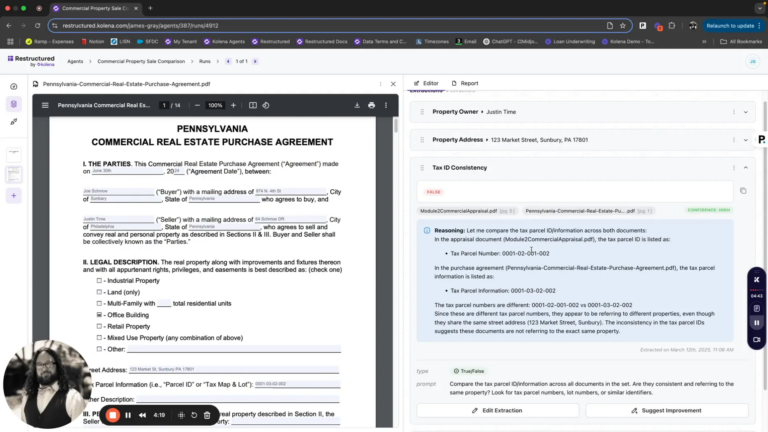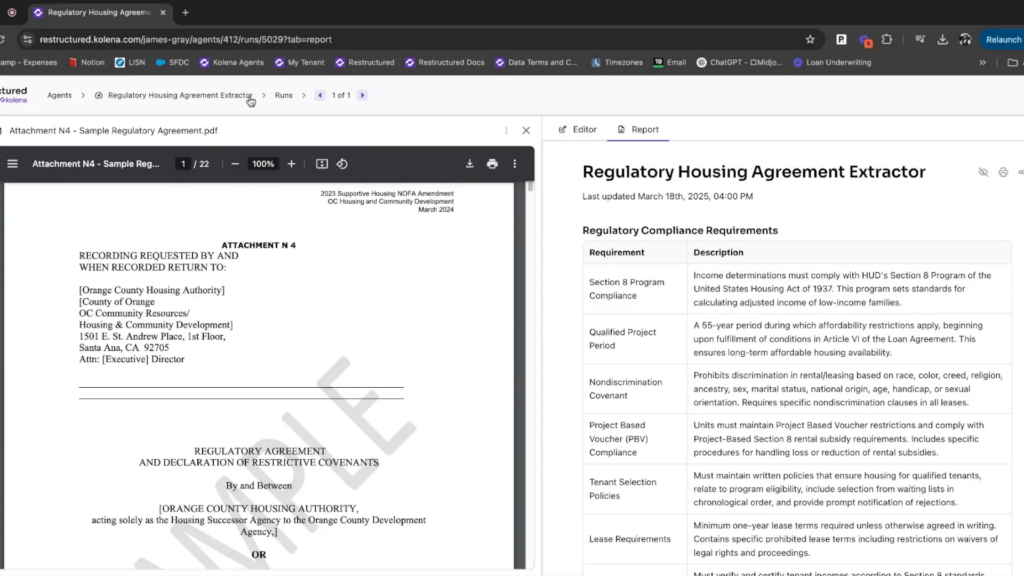
In today’s world, regulatory housing agreements can be a daunting task. But what if you could automate the entire process? With our AI agents, managing regulatory housing agreements has never been easier. Let’s explore how regulatory housing agreements with AI can transform your workflow.
Introduction to AI Agents
AI agents are revolutionizing how we handle document-intensive workflows. Imagine having a digital assistant that not only understands complex documents but also automates the extraction of vital information. These agents are designed to streamline processes, making tasks like managing regulatory housing agreements more efficient.
The power of AI agents lies in their ability to learn from the data they process. They adapt to your specific needs, whether it’s extracting compliance requirements or generating standardized reports. With AI agents, you can significantly reduce manual effort and improve accuracy in your workflows.
Understanding Document-Intensive Workflows
Document-intensive workflows involve managing large volumes of paperwork, often requiring meticulous attention to detail. These workflows can be cumbersome, especially in industries like real estate and finance, where compliance is critical. Traditional methods often lead to delays and errors, impacting overall productivity.
AI agents tackle these challenges head-on. They can process and analyze documents quickly, identifying key information and ensuring compliance with regulations. By automating these workflows, organizations can focus on strategic tasks rather than getting bogged down by paperwork.
Creating Your First Agent
The first step in harnessing the power of AI agents is creating one tailored to your needs. This process begins with defining the specific tasks your agent will handle. For regulatory housing agreements, you might want your agent to extract compliance requirements, summarize key terms, or generate reports.
Once you’ve outlined the tasks, you can easily set up your agent using a user-friendly interface. You’ll be able to customize the workflow to ensure it aligns with your document management processes.
Setting Up the Initial Workflow
Setting up the initial workflow is a straightforward process. After creating your agent, you can upload a set of sample documents. Drag and drop your regulatory housing agreements into the designated area. This action initiates the workflow, allowing the AI to start processing the documents.
As you establish your workflow, you’ll configure extraction points. For instance, you may want to extract compliance requirements as a table. This setup is crucial because it determines how the information will be organized and presented.
Extracting Compliance Requirements
Extracting compliance requirements is one of the most critical functions of your AI agent. Once your documents are uploaded, instruct the agent to identify and extract these requirements. The AI will analyze the text, pulling out relevant information and compiling it into a structured format.
This extraction process not only saves time but also enhances accuracy. The AI can recognize patterns and terminology specific to regulatory housing agreements, ensuring that nothing is overlooked. You can review the extracted data, verifying its accuracy and making adjustments as necessary.
Quality Assurance in Data Extraction
Quality assurance is vital when dealing with regulatory documents. After extraction, your AI agent provides a confidence score for the information retrieved. This score indicates how reliable the extracted data is, allowing you to make informed decisions about its usage.
In addition to the confidence score, the platform also offers citations that link back to the original source of the information. This feature enhances transparency and allows for easy verification of the data extracted. Regularly reviewing and updating your extraction criteria ensures that your agent remains accurate and efficient.
Updating Extraction Parameters
Once your AI agent is up and running, the next step involves updating extraction parameters to ensure ongoing accuracy. This is crucial as regulatory housing agreements can change, and your agent needs to adapt to these modifications seamlessly.
To update extraction parameters, navigate to the configuration settings of your agent. Here, you can modify existing extraction rules or add new ones based on the latest compliance requirements. This flexibility allows your agent to stay aligned with evolving regulations.
For instance, if you discover that certain compliance requirements have been redefined, simply adjust the extraction table to reflect these changes. The AI will then adapt its processing to accommodate the new parameters, ensuring that your data remains relevant and accurate.
Monitoring Extraction Performance
Regularly monitoring how well your agent performs is essential. The platform provides performance metrics, including extraction accuracy and processing speed. Use these insights to identify any areas needing improvement.
If the confidence score drops for specific extractions, it may indicate that the underlying documents have changed or that the extraction rules need refinement. Adjusting these parameters promptly can help maintain high standards of data integrity.
Reporting Capabilities of the Platform
The platform’s reporting capabilities enhance your ability to visualize and share the extracted data. After running your AI agent, you can generate comprehensive reports that detail the extraction results.
These reports can be tailored to include specific compliance requirements, extracted dates, and eligibility criteria. Additionally, you have the option to include citations that link back to the original documents, enhancing transparency.
Customizing Your Reports
Customizing reports allows you to focus on what matters most. You can choose which fields to include, adjust the layout, and even add summaries for clarity. This level of customization ensures that stakeholders receive the information they need without unnecessary clutter.
Furthermore, the platform allows for easy sharing of these reports via email or direct links. This capability is particularly useful for collaborative environments where multiple team members need access to the same data.
Integrating with Other Systems
Integration with existing systems amplifies the utility of your AI agents. The platform supports connections with various upstream and downstream tools, including CRM systems, legacy software, and cloud storage solutions.
To set up these integrations, navigate to the connections section of your platform. Here, you can select which systems to connect and define how data flows between them. This seamless integration allows for efficient data management and reduces the need for manual data entry.
Using APIs for Advanced Integrations
For organizations with specific needs, the platform offers a robust API. This API allows you to build custom integrations tailored to your workflows. Whether you’re looking to automate data transfers or enhance functionality, the API provides the flexibility you need.
By utilizing the API, you can create connections to other software solutions, ensuring that your AI agent operates within your existing tech ecosystem. This capability can significantly streamline processes and improve overall efficiency.
Running the Agent and Continuous Improvement
Once everything is set up, running your AI agent is straightforward. Regularly input new regulatory housing agreements, and the agent will automatically process them based on the established workflows.
Continuous improvement is key to maximizing the benefits of your AI agent. As you gather more data and feedback, refine your extraction parameters and reporting capabilities. This iterative process allows your agent to adapt and evolve, ensuring that it remains effective over time.
Feedback Mechanisms
Implement feedback mechanisms to capture insights from users interacting with the reports and outputs. This feedback can guide future updates and enhancements, keeping your AI agent aligned with user needs and regulatory changes.
Regular training sessions for your team can also ensure that everyone understands how to leverage the AI agent effectively, maximizing its potential within your organization.
Conclusion and Further Steps
In conclusion, leveraging AI agents for regulatory housing agreements not only streamlines workflows but also enhances accuracy and compliance. By continuously updating extraction parameters, utilizing the platform’s reporting capabilities, and integrating with other systems, you can fully harness the power of AI in your operations.
As you move forward, consider setting up regular reviews of your workflows and extraction rules. This proactive approach will help you stay ahead of changes in regulations and maintain the integrity of your data.
For further assistance or to explore advanced functionalities, feel free to reach out. Embrace the future of document management with AI and transform your regulatory housing agreements into a seamless process.

